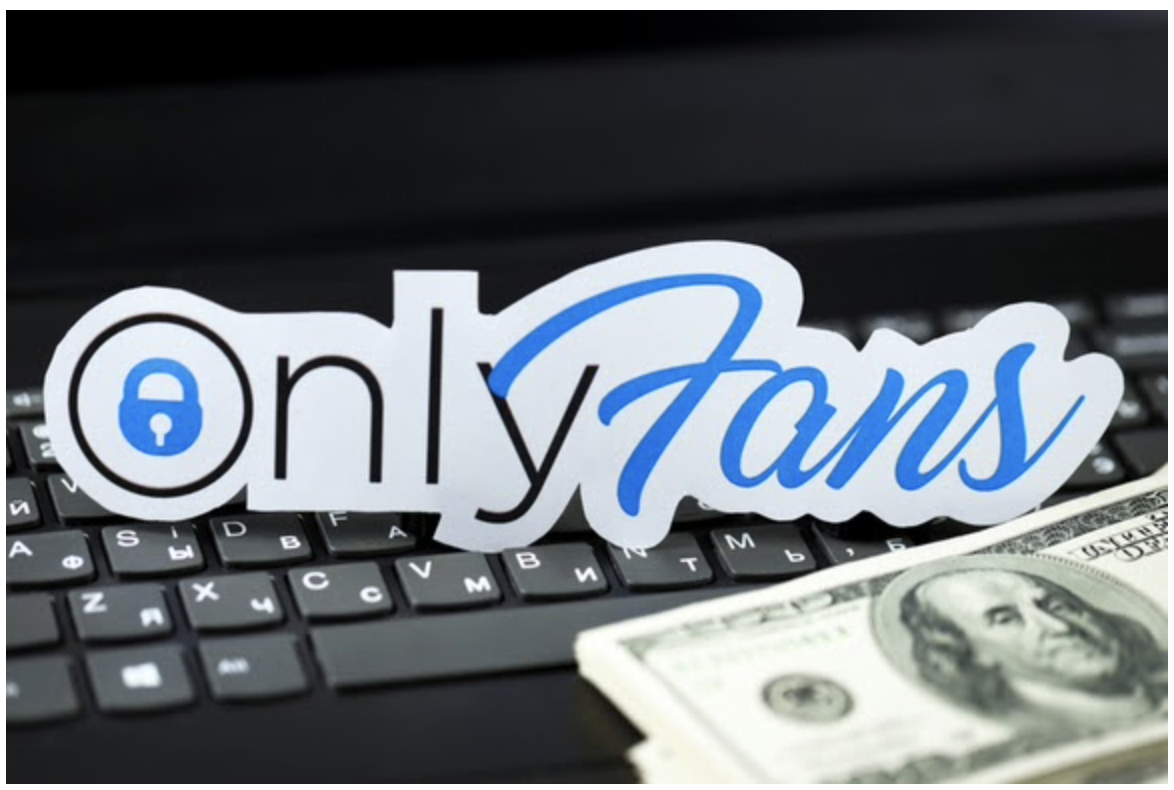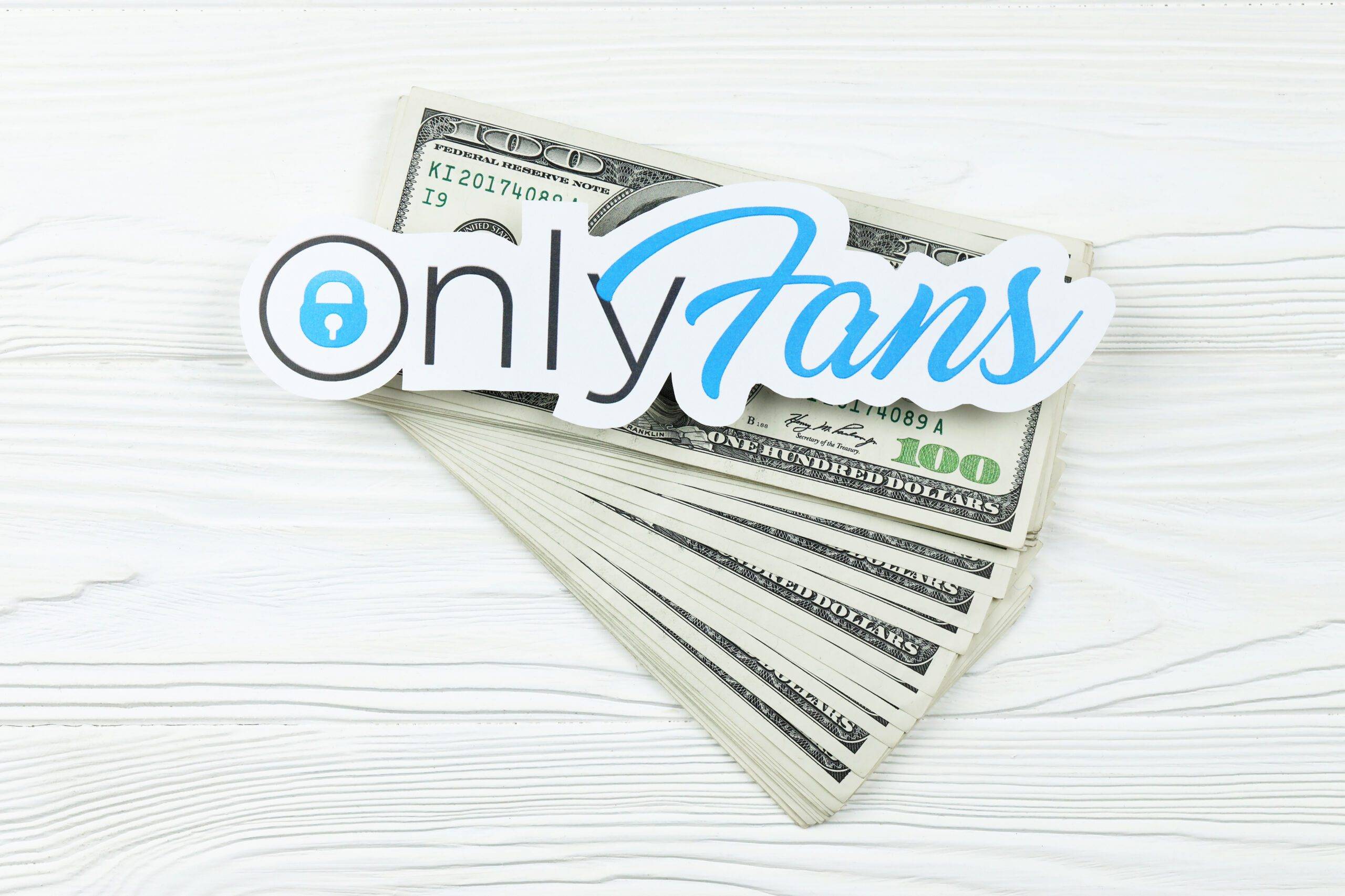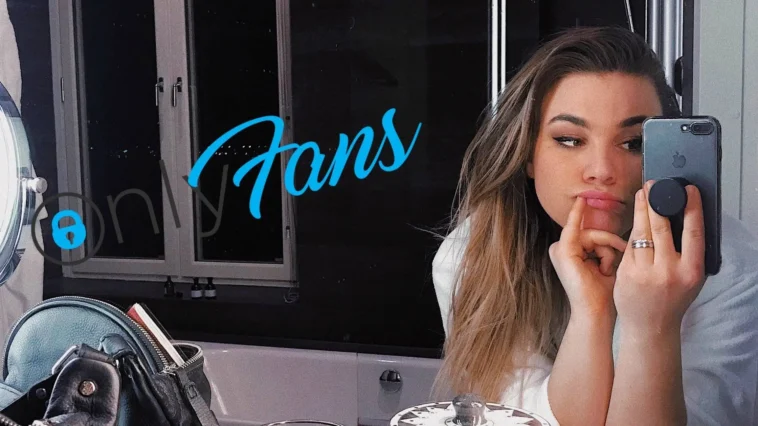In the realm of digital entertainment, the advent of platforms like OnlyFans has redefined how we interact with creators. With a subscription-based model that facilitates direct support to content makers, it’s a win-win situation for both parties. Yet, like any platform, OnlyFans too isn’t immune to fraudulent accounts. Navigating these waters can seem treacherous. Fear not, this guide will empower you with strategies to differentiate between genuine and fabricated profiles. So, let’s dive in!
Checking External Social Media Links
Exploring beyond the confines of OnlyFans is the first step. Authentic content creators typically connect their profiles to other social media accounts. This gives them increased exposure, bolstering their OnlyFans following. Links to Instagram, Twitter, Facebook, or TikTok on a creator’s profile are good indicators of their legitimacy. More and more TikTok creators are joining OnlyFans so it is a good idea to check. However, the existence of these links isn’t proof enough; it’s crucial to delve deeper.
Navigate to these linked platforms and evaluate their credibility. Real profiles usually have a substantial history of posts, a significant follower base, and consistent engagement from their audience. Fabricated accounts, on the other hand, often seem scant with a lack of posts, limited followers, and sparse interaction. Remember, though, to keep an open mind as even authentic creators may have just started their social media journey.
Profile Verification Methods

OnlyFans employs certain safeguards to ensure authenticity, one of which is its verification process. Creators must provide a valid government-issued ID, in addition to a selfie with their ID, as part of their verification. A checkmark next to the username denotes a profile that has gone through this process. Such a mark adds a layer of trust to the creator’s account.
Still, this doesn’t offer an ironclad guarantee. Verification simply means that the ID provided was authentic, not necessarily that all content is original. There have been cases where verified users post stolen content. To ensure your subscriptions go to deserving creators, you need to dig further into the account details.
Identifying Verified Accounts
Now, let’s expand on verification signs. You may notice some creators bearing a badge reading ‘Top % Creator’ beside their name. This signifies they’re among the most successful content creators on the platform. To achieve such a status, creators must have a substantial and active subscriber base. This suggests the account is likely genuine.
Caution is still warranted. While this marker does indicate success, it doesn’t exempt the creator from misusing the platform. Even high-earning accounts can engage in unsavory practices like misrepresenting content or using clickbait titles. Therefore, cross-verification with other indicators is paramount.
Spotting Suspicious Account Characteristics
Venturing deeper, pay attention to specific account characteristics that may signal fraudulence. A common red flag is unusually low subscription prices, significantly lower than average, enticing unsuspecting users. Be aware of such anomalies as authentic creators usually price their subscriptions competitively, balancing their content’s worth and audience’s affordability.
Profiles using stock photos or celebrity images as profile pictures or cover photos are often dubious. Genuine creators prefer to maintain unique brand identity, thus they use original images. Compare these characteristics with other profiles for a fair judgment.
Evaluating Profile Activity
Assessing the profile activity can provide further clues. Genuine creators are typically engaged with their audience, posting regularly to maintain the interest of their subscribers. They also have a more extended presence on the platform, marked by a considerable number of posts over a reasonable period.
Profiles that seldom post or have a significantly short lifespan on the platform can be questionable. However, it’s important to balance this observation with other indicators, as new but authentic creators may have a limited post history.
Privacy and Security in Online Interactions
In the digital age, personal information is akin to gold. With online platforms offering avenues for genuine human connections, users find themselves sharing tidbits of their lives more than ever before. However, while digital interactions provide a wealth of opportunities, they’re not without risks.
One of the most pressing concerns when interacting online is privacy. It’s tempting to share personal stories, experiences, and details with creators whom you admire or resonate with. Yet, users must exercise caution, especially when reaching out via direct messages or searching for top only fans models. Cybercriminals often impersonate popular creators to extract sensitive information. For instance, sharing your home address or workplace could inadvertently expose you to unwanted real-life encounters. Always remember: it’s better to err on the side of caution.
Analyzing Content Quality

The quality of content can often be a reliable marker of an account’s authenticity. Genuine creators invest time and resources to create high-quality, original content. This could include professional photographs, videos, well-written posts, and creative efforts to engage their audience.
Beware of accounts that primarily post low-resolution images or duplicate content, as these are often hallmarks of fraudulent activity. Plagiarism is common amongst fake accounts, so you might find the same content on multiple profiles. Use your judgment and rely on other mentioned indicators as well for a comprehensive assessment.
Reviewing Fan Interaction and Feedback
Another vital aspect to consider is fan interaction. Authentic creators value their subscribers, responding to comments, acknowledging feedback, and engaging in conversations. This interaction often creates a sense of community amongst subscribers.
Fake accounts, however, tend to have limited interaction with their fan base. You might also notice negative feedback or complaints from subscribers about unfulfilled promises or lack of content updates. Both these factors combined serve as warning signs to potential subscribers.
Recognizing Red Flags in Direct Messages
Beware of red flags in direct messages (DMs). Genuine creators will respect your boundaries, while fake accounts may pressure you into purchasing additional content or subscribing to their paid tiers. They may also promise exclusive content which never materializes.
If you ever find yourself in a conversation that makes you uncomfortable, or where the creator is being overly persistent, it’s a clear red flag. Trust your instincts, and remember that a legitimate creator will always value your comfort and consent.
Reporting Suspected Fake Accounts

When you’ve identified an account you believe to be fake, the next crucial step is to report it. OnlyFans has a user-friendly interface for reporting suspicious activity. There is a ‘report user’ option readily available on every profile. By selecting this, you can share your concerns about the account directly with the OnlyFans support team.
The process doesn’t end there. You should provide detailed reasoning for your suspicion. Be as specific as possible, and include any evidence that supports your claim. This could be screenshots of suspicious messages, or links to duplicated content, among others. The more information you provide, the better OnlyFans can assess the situation and take necessary action. In doing so, you contribute to maintaining a safer, more trustworthy platform for all users.
Additional Tips: Trust Your Instincts
While the signs and methods outlined above can help you sort real from fake accounts, don’t underestimate the power of gut feeling. If something about a profile doesn’t sit right with you, trust that instinct. It’s an additional layer of defense that can protect you from making a poor subscription choice.
Sometimes, even when all indicators suggest an account is genuine, your intuition might signal caution. In such cases, take a step back and re-evaluate. It’s always better to delay a decision than to rush into one you might regret later.
Listen to your instincts and use them in conjunction with other verification methods for a more rounded approach. Remember, online platforms like OnlyFans are ripe territory for scammers and impostors. Your instincts, backed by rational evaluation methods, can guide you in making safer choices.
Parting Thoughts
The labyrinth of OnlyFans can indeed seem daunting, but with the right tools, you can confidently navigate it. This guide has aimed to arm you with those tools, enabling you to differentiate real from fraudulent accounts. Remember, no single indicator is foolproof, and it’s crucial to make a comprehensive judgment based on various factors. As you venture forth, let this knowledge guide your path, and may your journey be filled with authentic and enriching content experiences. Happy exploring!




